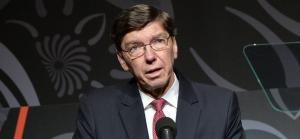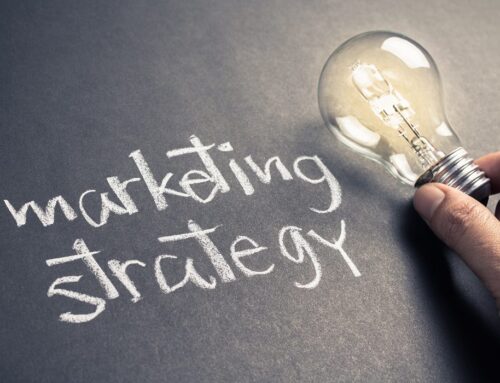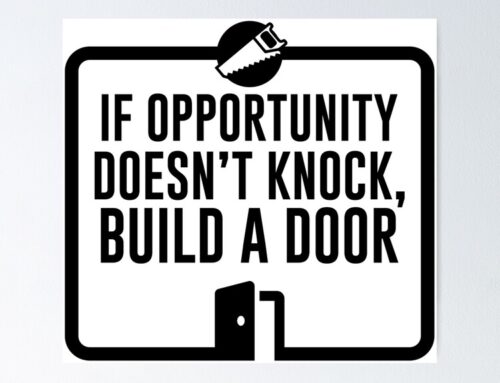
Why do people buy things? If you answered, “Because they want them or need them,” you’re only partly right, according to Clayton Christensen, Harvard professor and author of the bestselling The Innovator’s Dilemma.
In a keynote presentation at last month’s Qualtrics Insight Summit, Christensen explained his view of why people buy products: To do a job. “Jobs arise in my life that I need to address,” he said. “Some are simple, repetitive things that occur every day. Others are dramatic problems. When we have a job to do, we have to find something to get the job done. The causal mechanism that causes us to buy a product or service is that there’s a job that needs to be done.”
If you’re like me, your first reaction might be that this is only true some of the time. For instance, my husband and I bought a used lawnmower yesterday–guess what job we have that needs doing? But Christensen’s view applies to any and every product on the market, and he illustrated it with an account of some product research he was hired to do for McDonald’s.
Why did you hire that milkshake?
“McDonald’s wanted people to buy more milkshakes,” Christensen said. To try to figure out how to do it, the company invited him to give them advice on how to improve their milkshakes. “I said, ‘I wonder if there’s a job people have that a milkshake would do the job?'” he recalls.
He and his team spent some time reviewing McDonald’s ordering data and in the McDonald’s restaurants themselves to see who was buying milkshakes and when. “The majority of milkshakes were bought by a lone male, early in the morning, and the customers would always drive away with them,” Christensen said.
So Christensen and his team returned to the McDonald’s restaurants early in the morning, to accost some of the milkshake buyers and ask them “in words they could understand,” as Christensen put it, “What caused you to come here at 6:30 in the morning and hire a milkshake? And what other products have you hired for the same job?”
In every case, it turned out, the customer was facing a long and boring drive. The milkshake’s job was to keep the customer fed but also occupied during this tedious time. As to the question of what other products had been hired to do the job in the past, Christensen found people had a diverse list:
“I once hired a banana to do the job. Never hire a banana! It’s gone in a minute and I’m hungry by 7:30.”
“I hire doughnuts sometimes. Don’t tell my wife. But they get my hands sticky on the steering wheel.”
“I hired a bagel once, but it was tasteless and dry.”
“I hired a Snickers bar once, but I felt so guilty I never did it again.”
On the other hand, they explained, the milkshake turned out to be the perfect job candidate for a long and boring drive. “When I hire a milkshake, it’s so viscous that it takes me 20 minutes to drink it through the little straw. I don’t know what’s in it, I just know it gets the job done.”
One lesson learned: “The market was much bigger than Burger King and Wendy’s,”
Christensen observed. “They were competing against bagels and doughnuts and bananas and Snickers bars.”
To make milkshakes even more appealing to these early-morning customers, they needed to be even thicker so they would take longer to consume, Christensen concluded. That wouldn’t work in the afternoon, though. “In the afternoon, it’s a different product,” he said. But changing its milkshake formula in the morning only to make it even thicker caused milkshake sales to improve dramatically, he said.
It’s what you need done, not who you are.
For example, a job might be, “I need this message to get there as fast as possible with perfect certainty,” Christensen said. “Julius Caesar hired a messenger with a horse. Queen Victoria hired the telegraph. Winston Churchill hired the telephone. Theresa May can hire DHL or the internet.”
This job-to-be-done approach is a lot more effective than the usual marketing strategy to focus on customers’ demographics and attributes, Christensen explained. Your demographics and attributes may correlate with others who buy the same product, but they won’t cause you to buy the product.
On the other hand, Christensen said, “Most successful innovations focus on a job that people need to do.”
Article written by – By Minda Zetlin – Co Author The Geek Gap
Photo Clayton Christensen. CREDIT: Getty Images

206-391-5682
i2i@i2idirectmarketing.com
www.i2idirectmarketing.com
“…all deliveries GPS tracked…”




